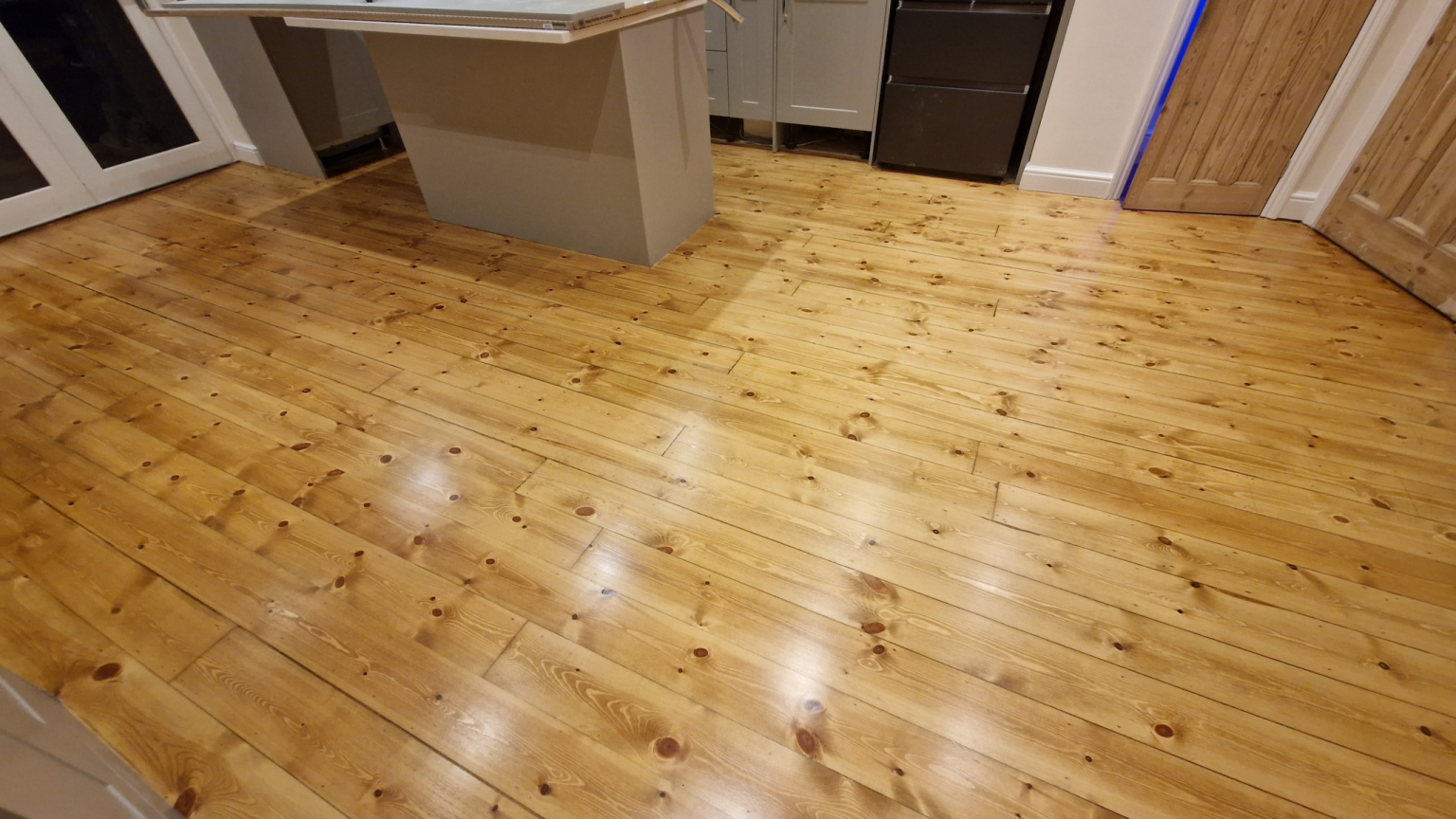The value of a home is not just about its physical structure but also the quality and aesthetics of its interior. One often overlooked yet impactful aspect is the flooring. Hardwood floors, when properly maintained, can significantly enhance the resale potential of a property. In this article, we will explore the connection between hardwood floor refinishing and home value, looking into the various aspects that make it a worthwhile investment.
When it comes to selling a home, every homeowner aims to secure the highest possible resale value. The condition and presentation of the property play crucial roles in achieving this goal. Hardwood floor refinishing, often underestimated, can be a game-changer in the real estate market. Let’s uncover the secrets behind how revitalizing your hardwood floors can lead to a substantial increase in your home’s overall value.
Understanding Hardwood Floor Refinishing
Before we delve into the impact on home value, it’s essential to understand what hardwood floor refinishing involves. Essentially, it is the process of sanding down the existing hardwood surface and applying a new finish. This not only restores the floor’s original beauty but also adds a layer of protection, ensuring longevity.
Impact on Home Aesthetics
There’s no denying that the aesthetics of a home play a pivotal role in attracting potential buyers. Refinished hardwood floors contribute significantly to the overall charm of a property. The process brings out the natural grains and colors of the wood, creating a timeless and elegant look. In this section, we’ll explore how the choice of finishes can further enhance the visual appeal of your home.
Increasing Property Resale Value
Research consistently shows that homes with hardwood floors command higher resale values than those without. We’ll delve into the statistics and studies that support this claim, providing you with a compelling case for considering hardwood floor refinishing as a strategic investment in your property.
Case Studies: Real Estate Success Stories
To illustrate the tangible impact of hardwood floor refinishing on resale value, we’ll present real-life case studies. These success stories showcase homes that experienced significant value appreciation after investing in hardwood floor refinishing. Hear directly from homeowners and real estate agents about the positive outcomes of this strategic home improvement.
Return on Investment (ROI)
While the upfront cost of refinishing might seem significant, the return on investment is often well worth it. In this section, we’ll break down the financial aspects of hardwood floor refinishing, considering factors such as the current market, regional trends, and the long-term benefits for homeowners.
DIY vs. Professional Refinishing
For the adventurous homeowner, the option of a do-it-yourself refinishing project may seem enticing. However, it’s crucial to weigh the pros and cons carefully. We’ll discuss the potential pitfalls of DIY refinishing and highlight the advantages of hiring professional services for a flawless finish that truly adds value to your home.
Choosing the Right Finish
Not all finishes are created equal, and selecting the right one for your hardwood floors can make a substantial difference. We’ll guide you through the various types of finishes available, considering factors such as durability, maintenance, and the desired aesthetic effect.
Maintenance Tips for Refinished Floors
Once your hardwood floors are beautifully refinished, proper maintenance is key to preserving their appeal. We’ll provide you with practical tips on caring for your refinished floors, ensuring they remain a valuable asset to your home.
Role of Wood Floor Sanding
Wood floor sanding is a crucial step in the hardwood floor refinishing process. It involves the removal of the top layer of finish from a wooden floor to prepare it for refinishing. Sanding not only facilitates the application of a new finish but also smooths out minor imperfections and irregularities, leaving you with a leveled surface. The connection between sanding and refinishing lies in the preparation it provides, ensuring the subsequent finish adheres seamlessly to the wood.
Environmental Impact of Hardwood Floor Refinishing
In an era of increasing environmental awareness, homeowners are seeking sustainable home improvement options. We’ll explore the eco-friendly aspects of hardwood floor refinishing, discussing green finishes and their appeal to environmentally conscious consumers.
Conclusion
In conclusion, hardwood floor refinishing is not just about transforming your floors; it’s about transforming the value of your home. The aesthetic appeal, increased property resale value, and the sustainable nature of this investment make it a win-win for homeowners. So, if you’re looking to enhance both the visual and monetary value of your property, consider the lasting impact of revitalizing your hardwood floors.
FAQs
How often should hardwood floors be refinished?
Hardwood floors typically need refinishing every 7-10 years, but this can vary based on factors like foot traffic and maintenance.
Can I refinish engineered hardwood floors?
Yes, many engineered hardwood floors can be refinished, but it depends on the thickness of the top veneer.
Are there eco-friendly hardwood floor finishes?
Yes, there are environmentally friendly finishes available, such as water-based and oil-based finishes with low VOC content.
Do refinished hardwood floors increase home appraisal value?
Yes, professionally refinished hardwood floors can positively impact a home’s appraisal value.
Can I walk on refinished floors immediately after the process?
It’s advisable to wait at least 24 hours before walking on refinished floors to allow the finish to cure properly.

